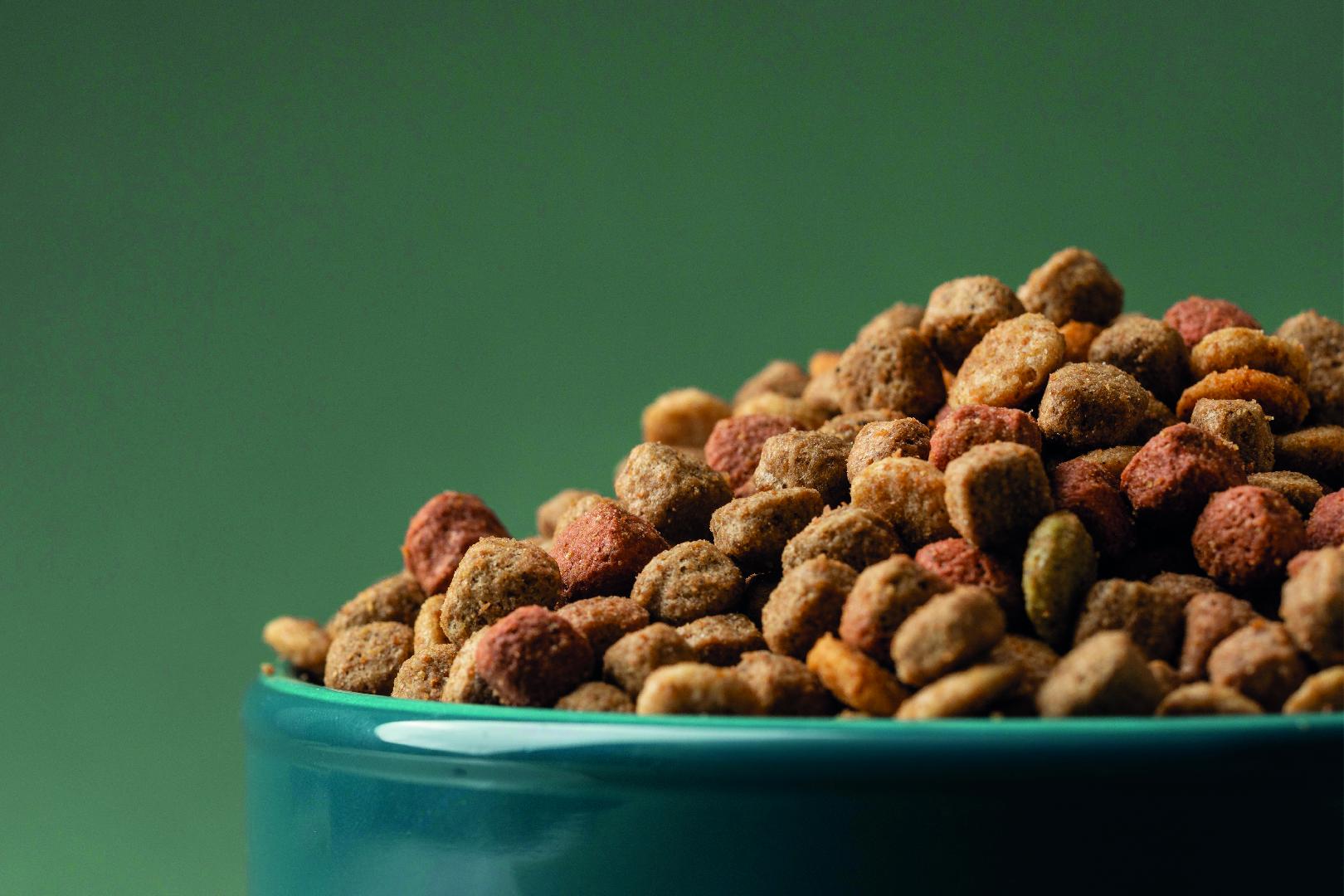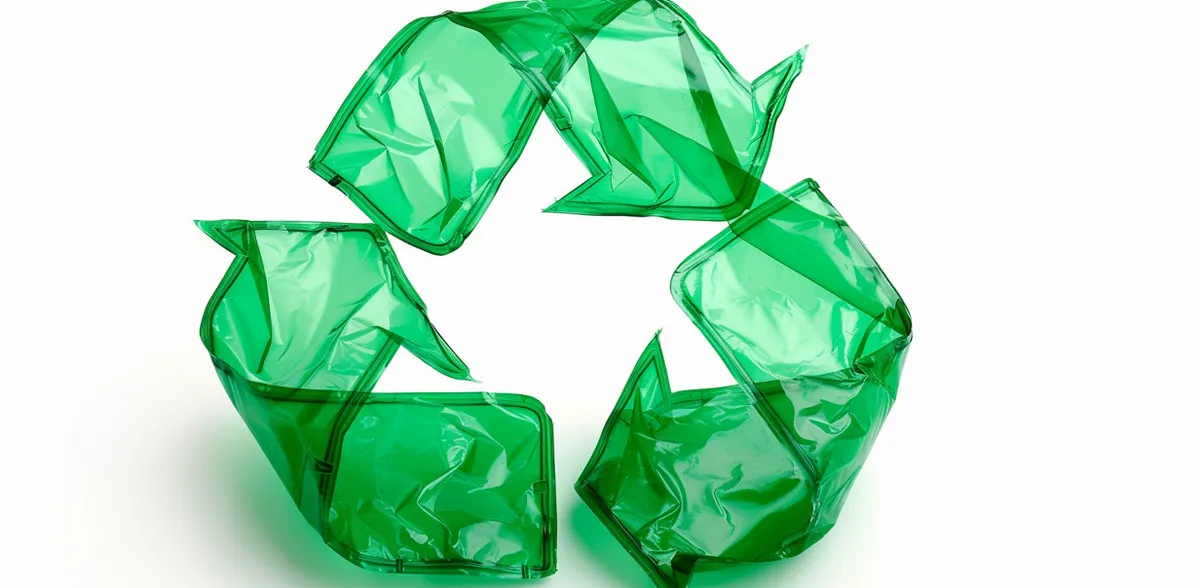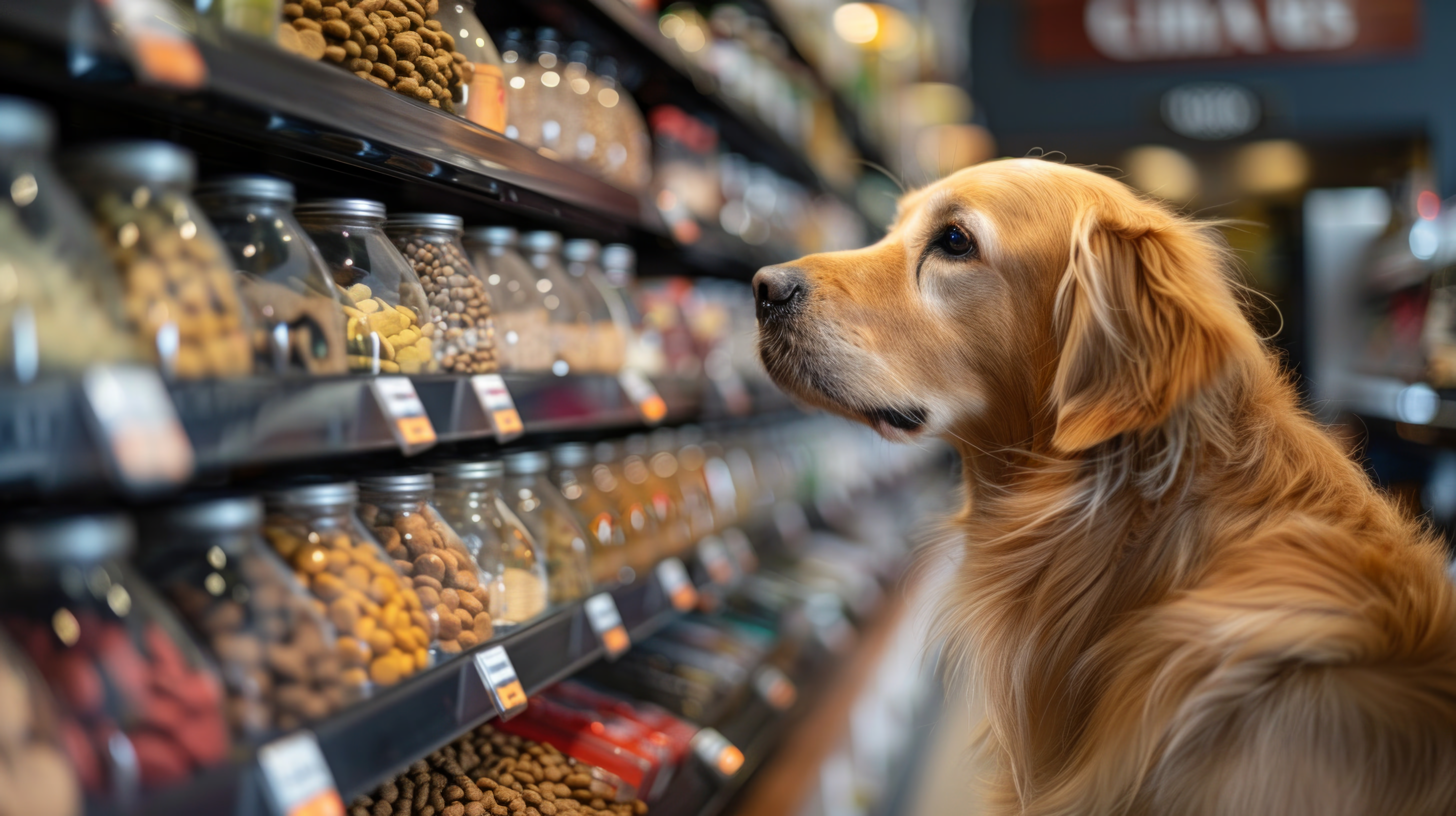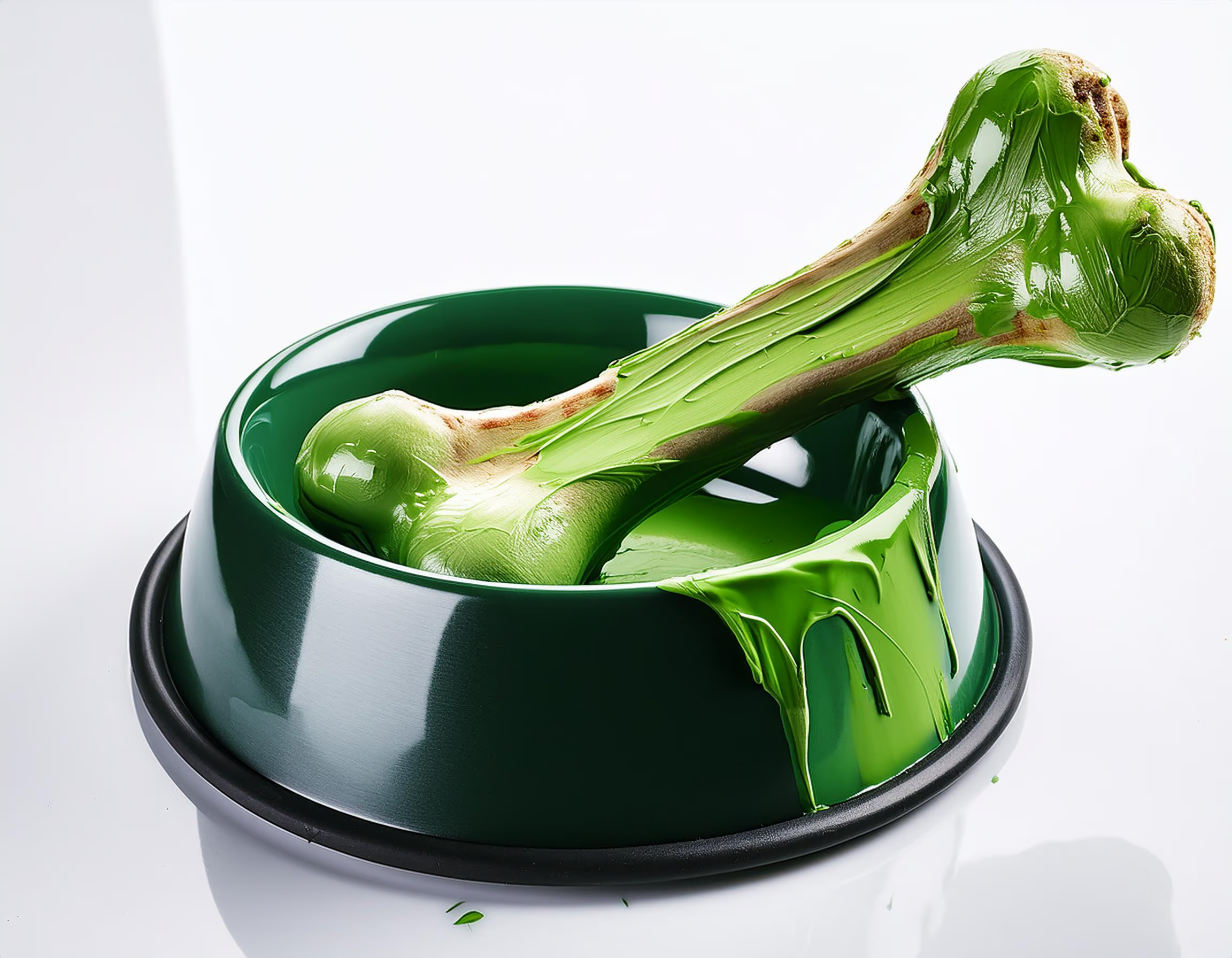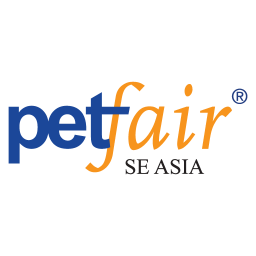Technology applies to absolutely everything: we have already discussed how e-commerce and the Internet have grown within our industry. Let's now see what are the main challenges in pet food manufacturing that technology can help us overcome.
In recent years, dog and cat food markets have been ranked the most dynamic worldwide, with a global average annual growth of more than 5%. Even in 2020, with the production and logistics problems presented by the pandemic, the market kept growing. A recent report by Grandview Research states that the global pet snacks and supplements market alone was valued at $1.47 billion in 2020, with the CAGR currently expected to be 5.9% through 2028.
All these trend factors indirectly promote the technology use improvement in the sector since it allows us to improve, streamline and perfect food production processes.
Current technological challenges in the pet food industry
Automation
Automation in pet food processing is no longer an option; we need speed and agility in manufacturing. We need processors that get better at running; this way, we can expand quickly and efficiently. The biggest challenge is, perhaps, full-scope automation, not automation of different instances individually; beyond achieving automated machinery, the problem lies in creating automation that goes from the arrival of raw material to the distribution point.
Humidity content
Pet food can be distinguished based on its water content and stability over time. For instance, dry or canned food has a longer shelf life due to its water content and pasteurization process. From a technological point of view, the main challenge is to ensure the correct storage of products with a higher amount of moisture for longer periods without losing their quality and palatability.
Fat content
In this case, technology is already answering how to achieve a higher fat content in food. With technological innovation applied to extrusion, be it simple, coating, or vacuum infusion, we can produce products with higher fat content.
Products with two structures
Another technological innovation seeks to facilitate the product's gelatinization process. To this day, that takes place by steam treating the products before the extrusion stage (known as the co-extrusion process). This format allows the manufacture of products with two structures, one of them as a coating to increase its long-term stability.
Glycemic response modulation
Thanks to the technological machinery evolution used in the extrusion process, it is possible to modulate the glycemic response of animals to the food they consume. With what? Other sources of starch, such as sorghum, which are less digestible than traditional starch sources (such as rice or corn), allow the manufacture of better pet food.
Drying
In the extrusion process (especially in the drying phase), the challenge is to improve the quality control operation. Water content values above the recommended level make food more vulnerable to microbiological instability. That is why we need precise and detailed quality control systems to achieve the correct quality; this will also allow a homogeneous effect on the product structure and the batches manufactured.
Innovative technological solutions
Deville Technologies presented a solution in 2021 to improve the automation of the pet food production process. The company has developed (after years of testing with rabbit muscles, beef liver, salmon fillets, and duck hearts) a dicing machine that meets the industry's needs. The FAM CMD.2 Dicer is designed with minimal cutting tools and complete separation between zones. It also features higher durability to handle a variety of product temperatures while producing at high capacities, eliminating process steps and increasing your competitiveness. In addition, the equipment has a built-in metal detector to ensure that there are no foreign objects within the workflow.
For its part, Key Technology designed a sorting solution for pet food processors. They developed VERYX®, a digital grading platform specifically to identify and remove foreign material and product defects. The platform seeks to eliminate cross-contamination, improve product quality and safety, and reduce labor. It works with various formats and products such as croquettes, chews, dry, dehydrated, or freeze-dried sweets. It can work at the end of the production line to ensure the quality of the final product or near the reception of crude oil to inspect the products' ingredients. It can detect color, size, shape, and structural properties, with the ability to remove defective products or materials such as plastics, glass, paper, and other foreign objects.
These are the main challenges facing technology implementation in the pet food industry. The examples are only two launches from 2021, but we are sure that, in 2022, many more will come from the hand of large technology companies seeking to improve the production process and the final product that we offer to the pet food market.
Would you tell us what technology is most urgent for the pet food production process for you?
Source: All Pet Food
You could be interested: The Conscious Nutrition Era, or With Science Era, Now in Dogs and Cats
About author
María Candelaria CarbajoI’m a creative, interdisciplinary person, translator, and editor. I collaborate in producing and writing creative, high-impact projects to promote cultural exchange, transmit differential values, and connect with people/the audience. Likewise, I enjoy teamwork and joining forces, experiences, and knowledge to bring the world all the potential of those ideas that seek to impact people’s lives positively.












